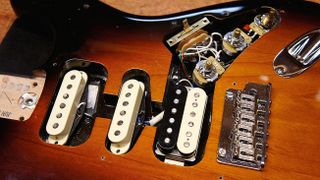8 easy ways to improve your Fender Stratocaster
Get your guitar playing and sounding better than ever
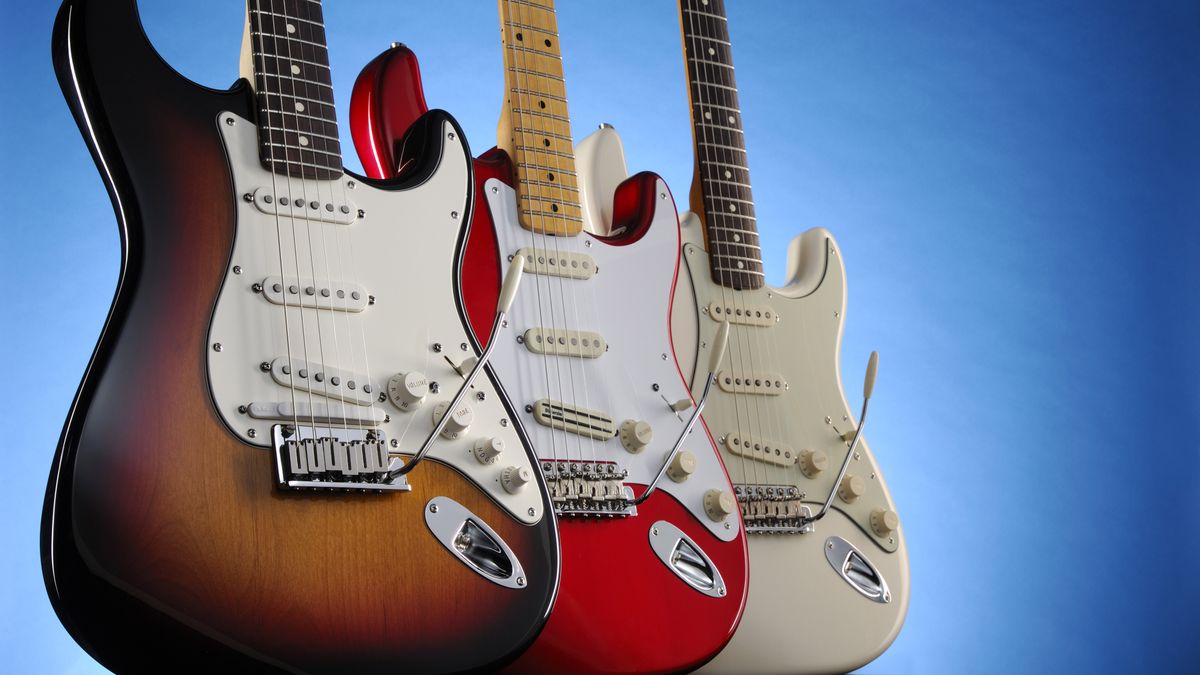
There’s so much you can do to improve and mod the Fender Stratocaster you have - here are some of the best ways to start...
1. Get more tone for your bridge pickup
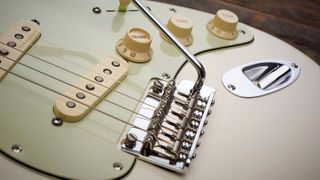
The Stratocaster bridge pickup is an immensely versatile beast, but one that’s caged thanks to the lack of a tone control in Leo Fender’s original configuration. Thankfully, changing this is a very simple fix that guitarists have been doing for decades.
First, locate the wire connecting the Strat’s second tone pot to the pickup selector switch (it’ll be connected to the middle pickup at this point). Unsolder this, and move it one tag towards the middle of the switch and solder it back up. Done!
Want to test it out? Crank up your gain and knock the tone down to about halfway, and you’ll find that polite single coil sounds suspiciously like a humbucker!
2. Give the single-bucker sound a go
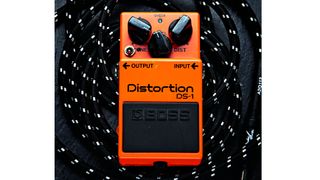
Got single-coil pickups but want to imitate fat ’bucker tone? First, add tons of overdrive to your sound via a decent mid-rich pedal - two pedals, preferably. Don’t be tempted to turn the treble down on your amp or pedals: around six to eight, no lower.
Keep the guitar’s volume up full, but knock the bridge pickup tone control down to about half or lower. Sounds much more like a humbucker, right? Vintage-style Strats don’t have a tone pot wire to the bridge pickup, so you’ll need to mod this.
3. Block your tremolo
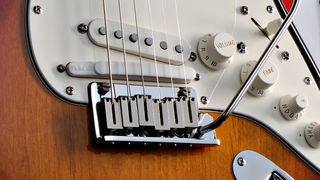
While many love it, some Strat players don’t use the tremolo that invariably comes fitted with the guitar. While the design is great and they can be set up to play with good tuning stability, often this can be overlooked and the tuning becomes a problem. So if you don’t use it - try blocking it off.
Get the MusicRadar Newsletter
Want all the hottest music and gear news, reviews, deals, features and more, direct to your inbox? Sign up here.
A hardwood wedge is your best bet (take a look at our full in-depth tutorial) and alongside the tuning advantages, it can also help with sustain if you fit it right. You can also remove it easily enough if you change your mind.
4. Cool runnings
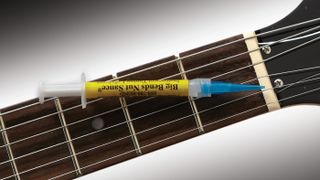
If you’re keeping Leo’s Tremolo operative, you’ll want to give yourself the best chance of staying in tune. Aside from having the trem set up correctly, you can keep everything free and easy by lubing-up the hardware.
Essentially, anywhere that the string makes constant contact with your guitar presents the opportunity for unwanted friction and snagging, so get yourself some Big Bends Nutsauce, Music Nomad TUNE-IT or a similar guitar lubricant, and apply it to your nut and saddle.
This will help eliminate friction as you tune, as well as when the tremolo pulls the string through the grooves.
5. Get fresh pots
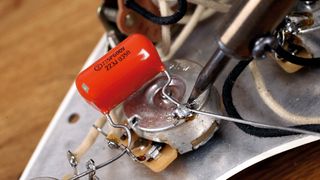
If you have a low to mid-price guitar there is usually some room for improvement in the electrics department; and the standard wiring and potentiometers (pots) are a good first port of call.
Cheaper pots tend to have quite inconsistent resistance values. The higher your resistance, the more treble you have on tap. It can make a significant difference to Strats, especially with 250k pots being regarded as the ideal value for them.
6. Fit a treble bleed

Not as gruesome as it sounds, but a mod to offset the reality that a standard guitar volume control also acts as a low-pass filter, and as a result they can cause a loss in treble as you turn them down. A treble bleed mod helps to get around this.
You’ll need to buy either a capacitor or a resistor and a cap often wired in parallel to the pot (though some circuits offer series as an option to preserve the taper of the volume control more).
There are different combinations of capacitors and resistors that players can favour depending on variables of personal tastes and the pickups they use. Fender’s own Tone Saver offers the capacitor and resistor in one, making for an easy installation.
Look online for a wiring diagram to help you and make sure you’re confident with a soldering iron.
7. Say no to noise
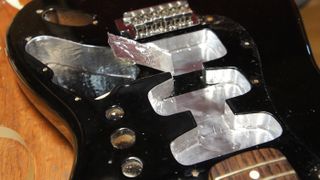
While the Strat oozes character from that classic trio of single coils, they are also susceptible to noise from external interference, and if you’re planning on upping your gain, this will only be magnified.
You can combat this by shielding the cavities on your guitar with copper tape: available from Allparts.uk.com for £6, and more than enough to shield a whole Strat. Remove your strings and scratchplate, then line the cavities and underside of the scratchplate with the self-adhesive tape.
Overlap the tape as you go so that all of the pieces are making contact with each other, and don’t forget to do the cavity walls too - this is important as the tape on your scratchplate will make contact with the cavities too. Finally, you need to earth the conductive tape.
Take a shielded piece of single-core wire and solder one end to the tape, the other to the back of your tone pot. You now have an effective noise barrier!
8. Get a gate!
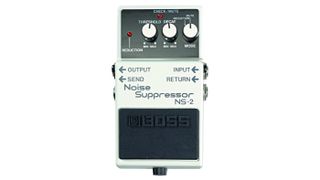
If all of that sounds like too much hassle, there is another solution to kill your buzz: get a noise gate. This guy is the bore who nobody really wants to talk to at the pedal party, but it’ll save your tonal bacon if it’s starting to sizzle.
Stick a gate (Boss NS-2, TC Electronic Iron Curtain) at the front of your pedal chain, and you’ll stop any interference from making it through your gain stages.
MusicRadar is the number one website for music-makers of all kinds, be they guitarists, drummers, keyboard players, DJs or producers...
- GEAR: We help musicians find the best gear with top-ranking gear round-ups and high-quality, authoritative reviews by a wide team of highly experienced experts.
- TIPS: We also provide tuition, from bite-sized tips to advanced work-outs and guidance from recognised musicians and stars.
- STARS: We talk to musicians and stars about their creative processes, and the nuts and bolts of their gear and technique. We give fans an insight into the craft of music-making that no other music website can.
